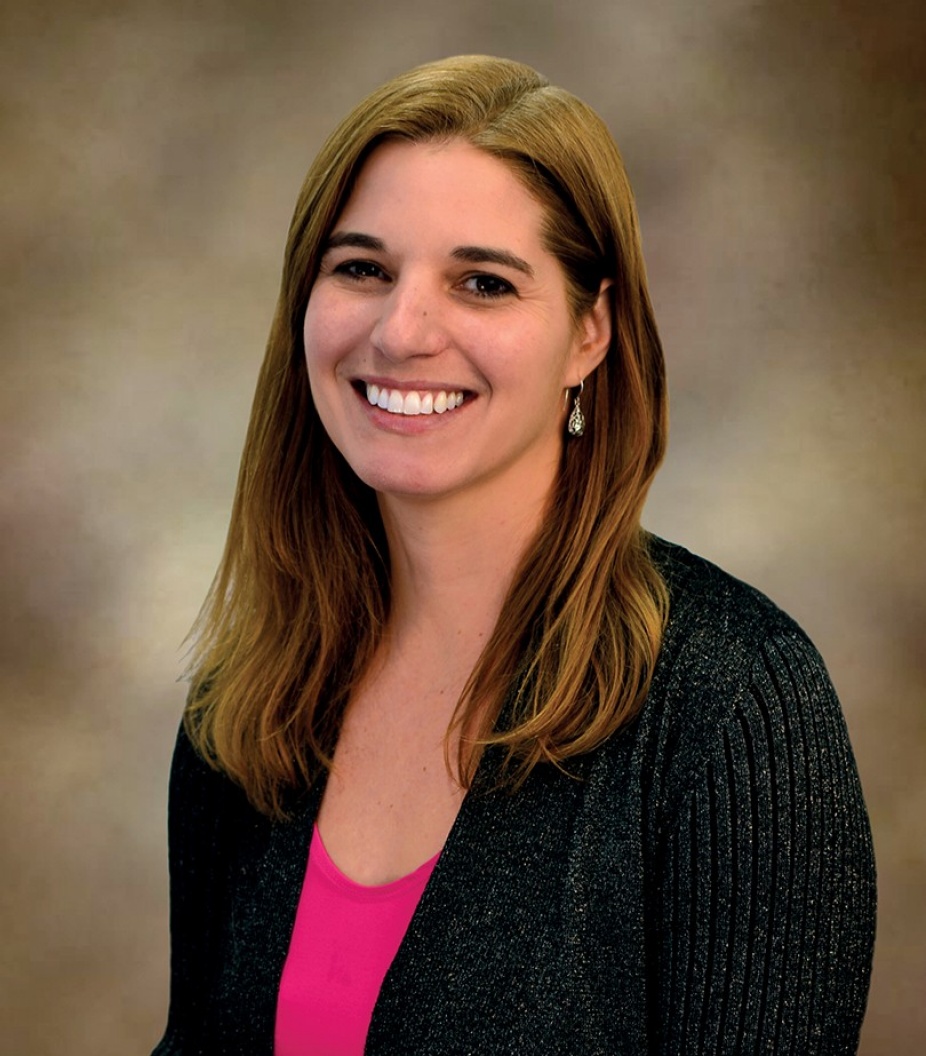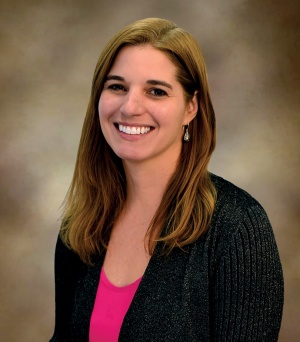
A sound mind for school safety
Expert insights from Amanda Nickerson
BY DANIELLE LEGARE
Headlines call attention to school safety issues every day—sometimes, the news evokes more confusion than clarity. Will metal detectors and video surveillance systems support safety? Can bulletproof glass prevent problems before they begin?
According to Amanda Nickerson, GSE professor of counseling, school and educational psychology, these “solutions” often are not evidence-based or economically feasible. In this Q&A, Nickerson shares her research-supported suggestions for promoting a safe school climate.
Amanda Nickerson is a professor in the Department of Counseling, School and Educational Psychology and director of the Jean M. Alberti Center for Bullying Abuse Prevention. Her research focuses on school crisis prevention and intervention, with an emphasis on violence and bullying.





















